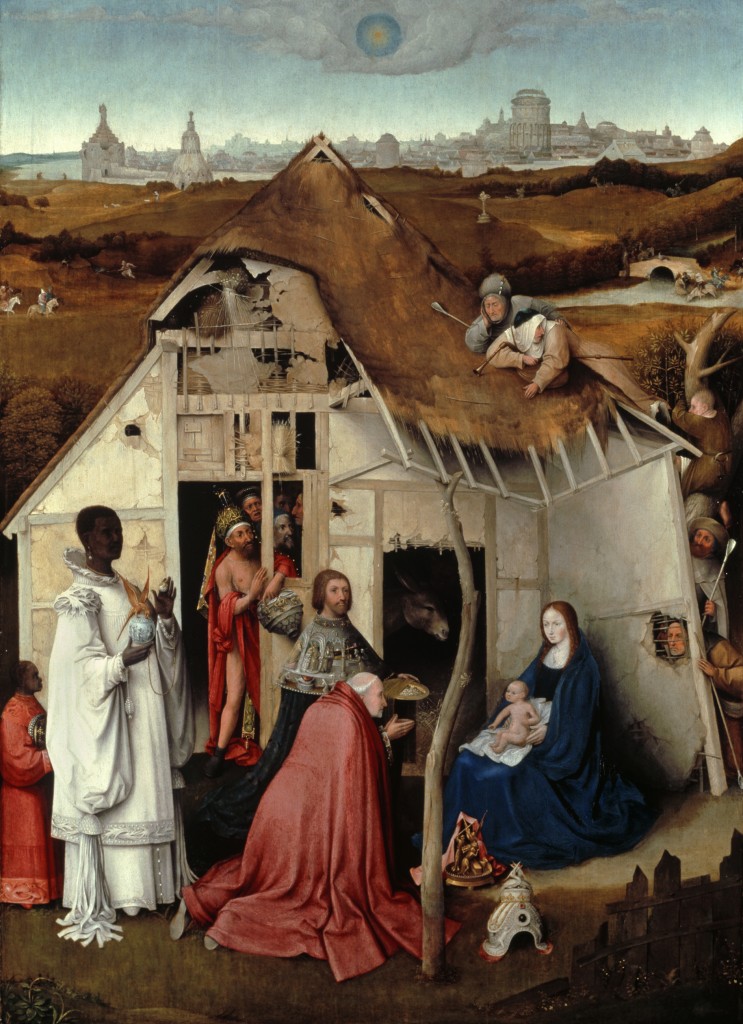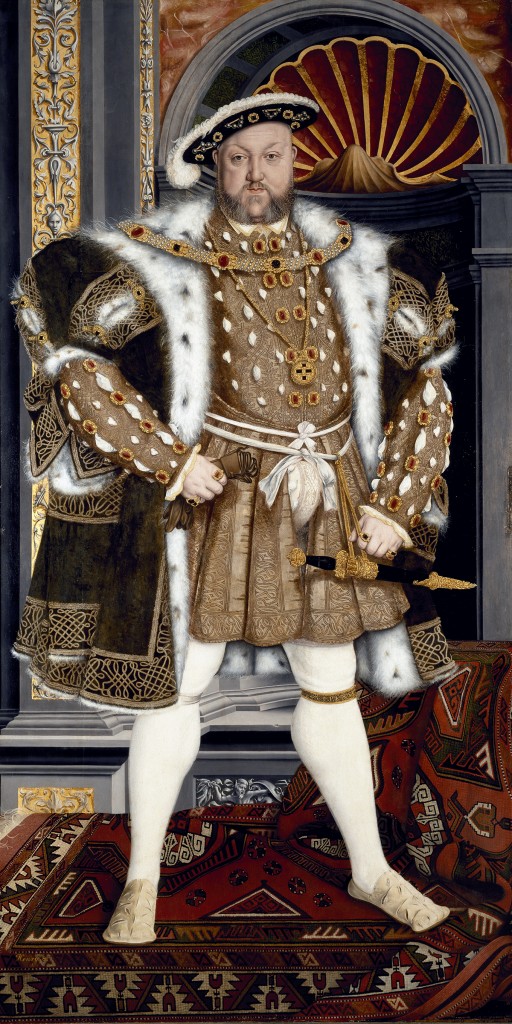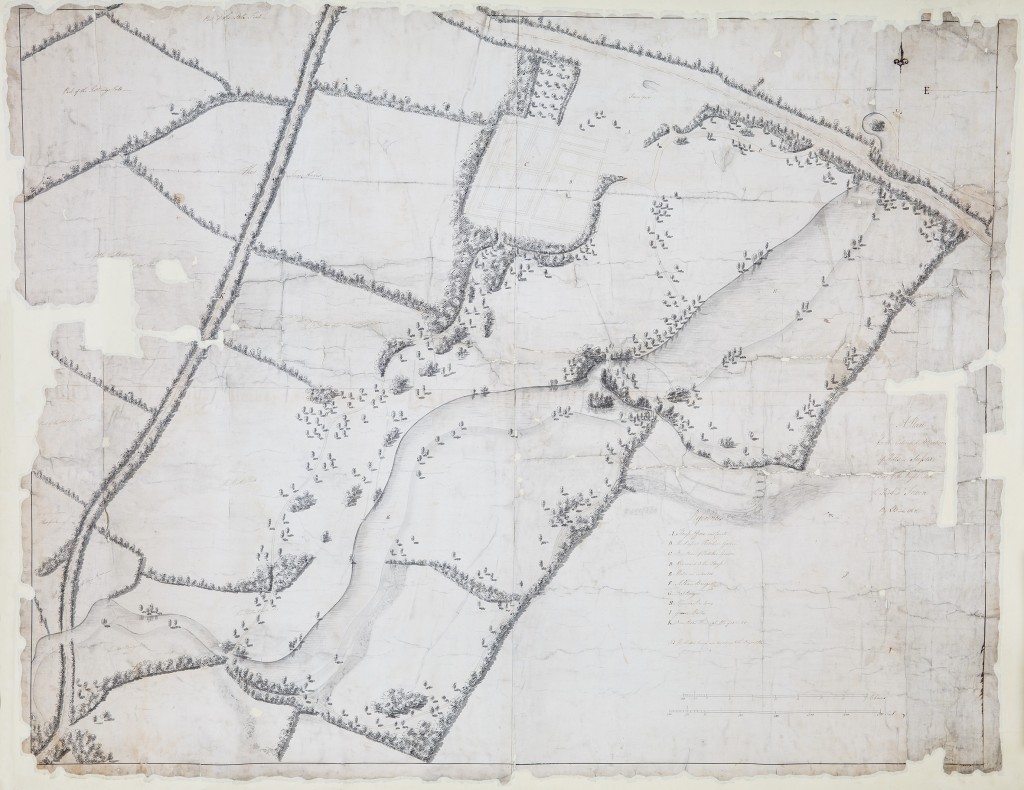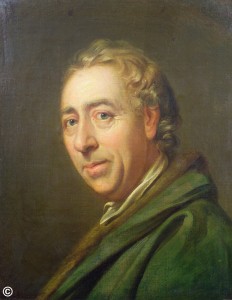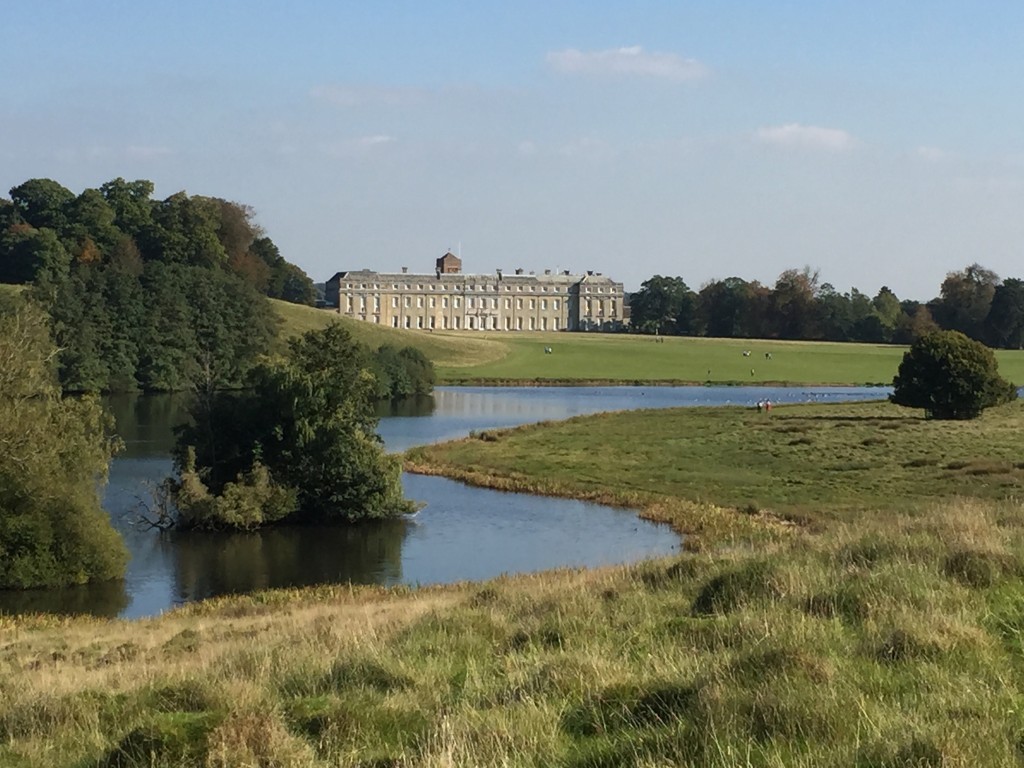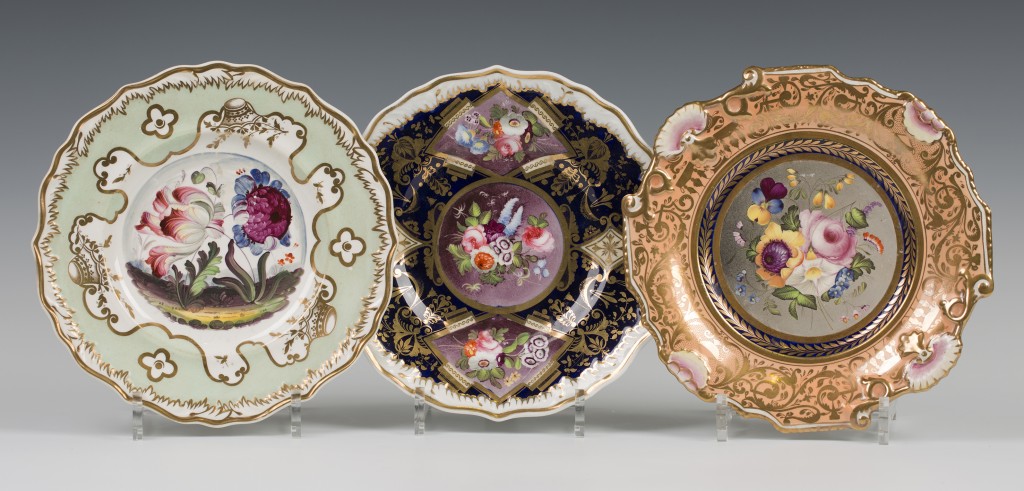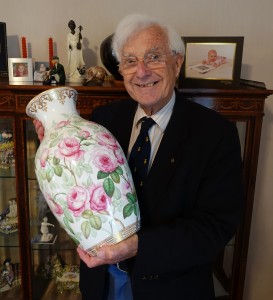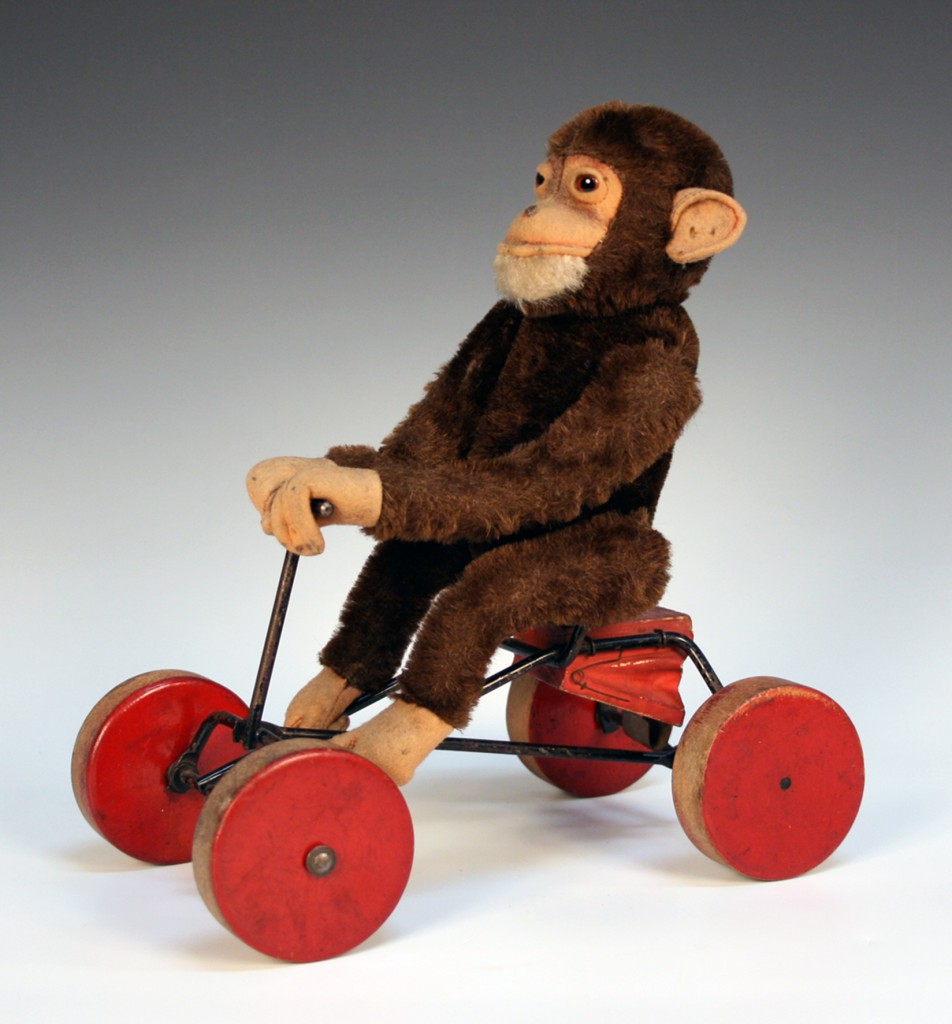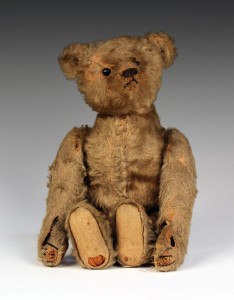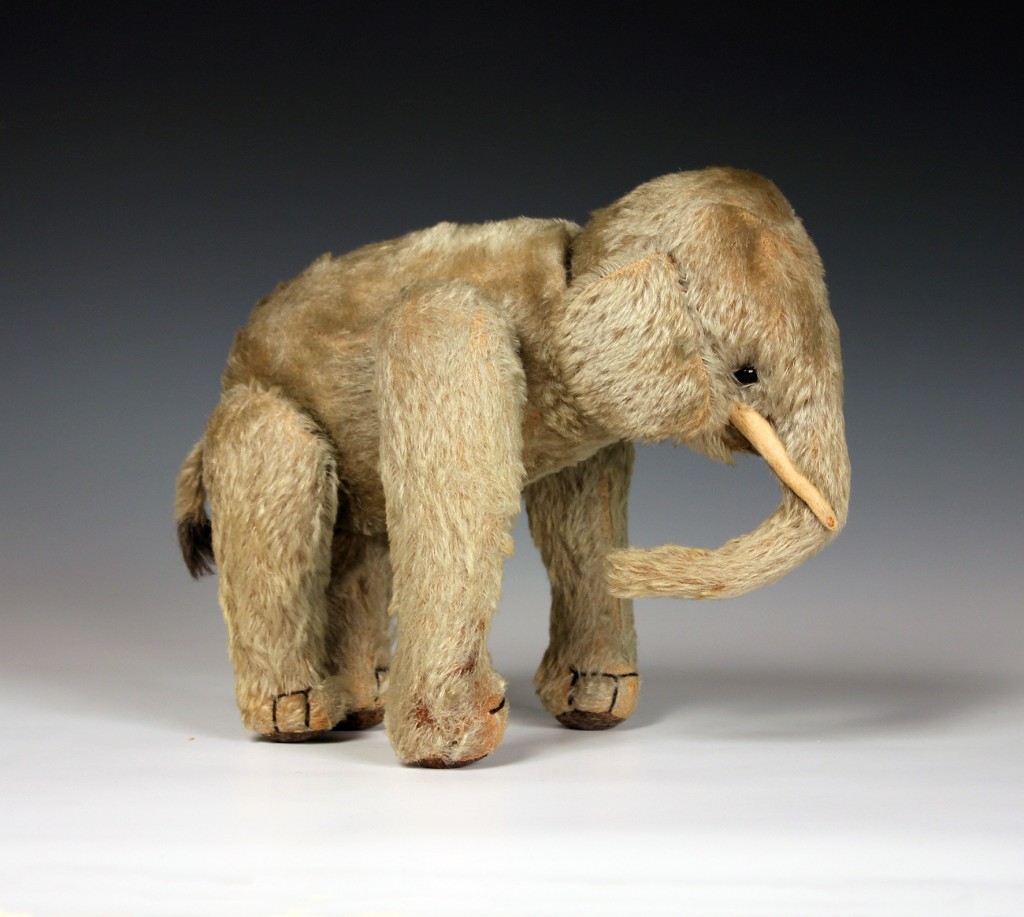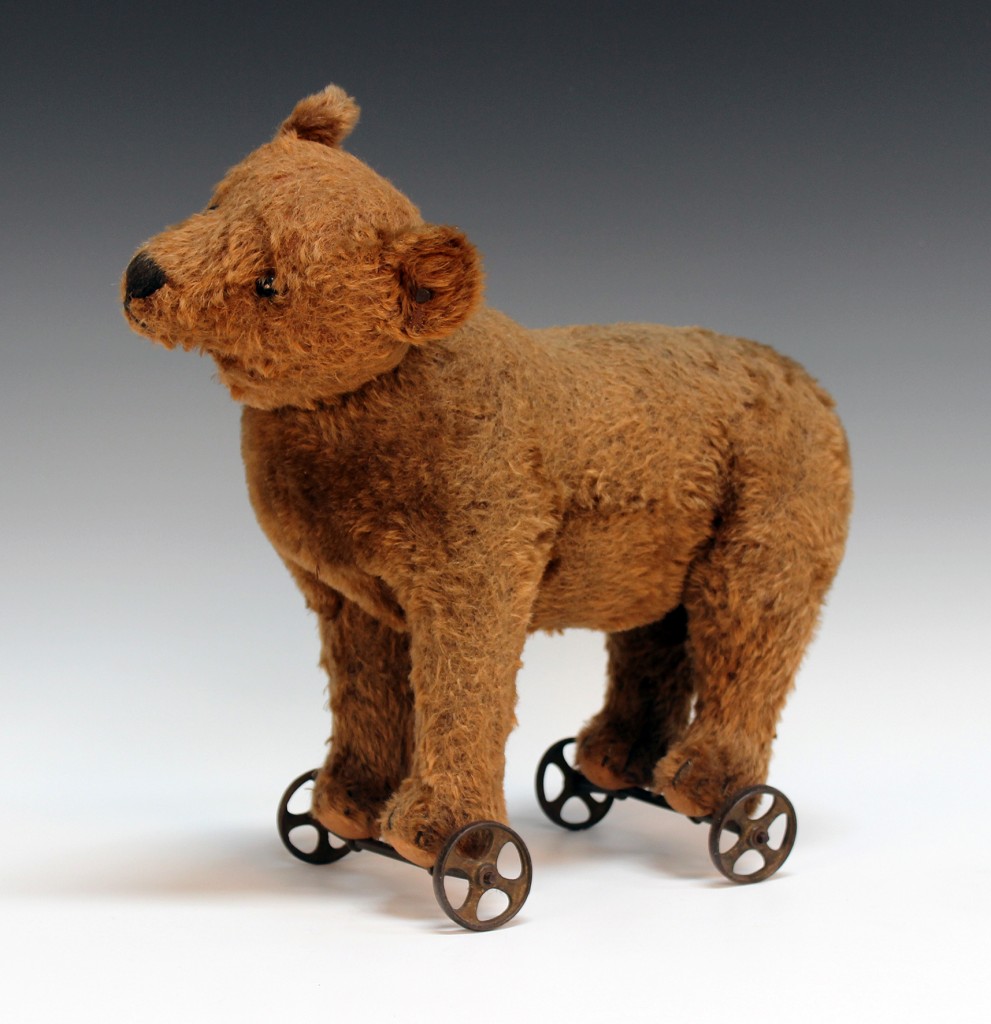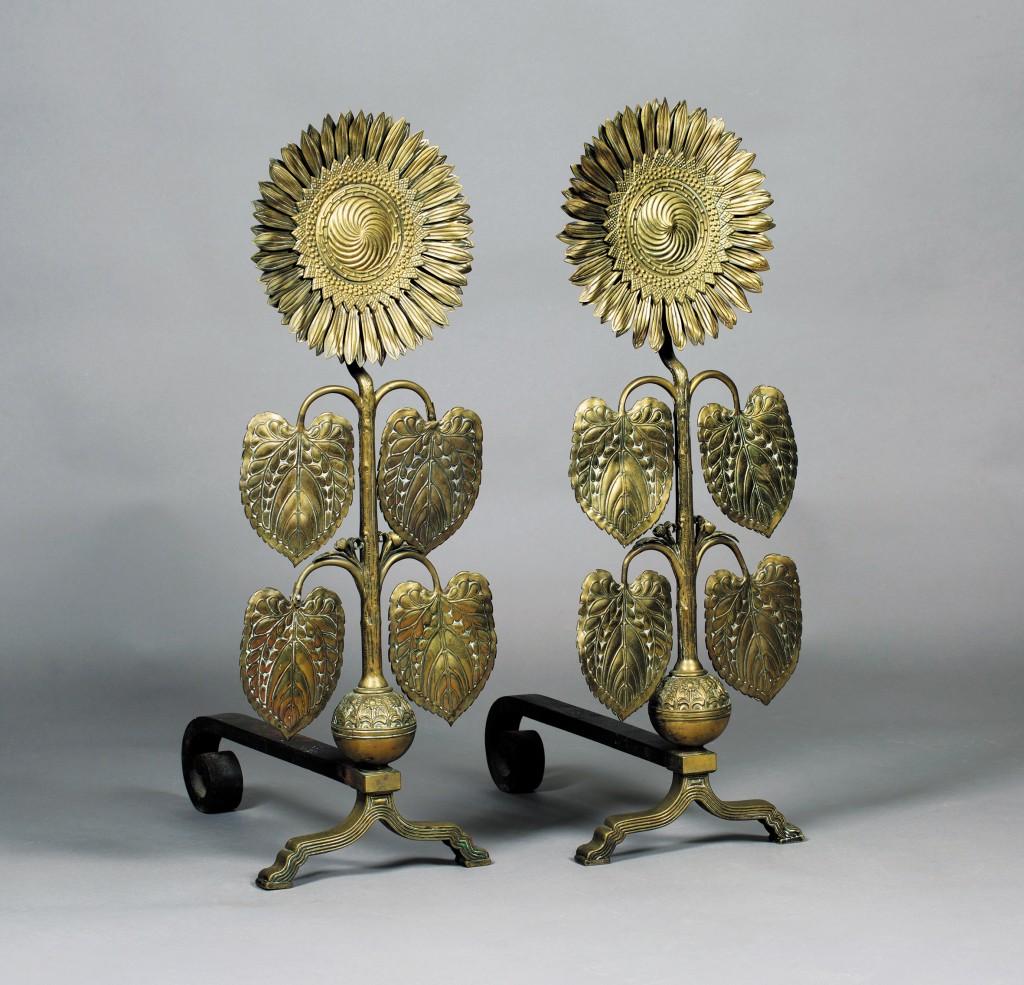
This week’s column is, in part, inspired by the remarkable discovery of a rare pair of Sunflower Andirons attributed to the Aesthetic Movement designer, Thomas Jeckyll (1827-1881), which are to be sold at Toovey’s in West Sussex.
Since the 1860s designers and potters in Britain and America have fallen under the influence of the Japanese aesthetic. The influences of Japanese culture and art joined with the theories of ‘art for art’s sake’ promoted by influential European writers, poets and critics like Théophile Gautier and Charles Baudelaire. Their thinking promoted artistic expression without edifying, moral or utilitarian purpose; rather it was bound up with a sense of human self-determination and inner-direction. It resulted in the Aesthetic Movement in Britain and America. At the forefront in Britain was the American born, British based, artist James McNeill Whistler and Oscar Wilde.
Thomas Jeckyll worked as an architect and designer and was part of the Aesthetic Movement in Britain. He was commissioned to design a dining room as part of the remodelling and redecoration of Frederick Richards Leyland’s home in London. Leyland had made his fortune as a British shipping magnate. Jeckyll conceived the room to display porcelain in the Anglo-Japanese taste. Despite his undisputed gifts for architectural design he is predominately celebrated for his ironwork. The sunflower features prominently in his designs. A pair of the rare Sunflower Andirons by Jeckyll can be seen in the fireplace of the famous Peacock Room from Leyland’s house. They are very similar to those entered for sale at Toovey’s. These andirons have been described as ‘an exquisite example of the Anglo-Japanese style’. As with many of Jeckyll’s pieces they were made by the Norwich firm, Barnard, Bishop & Barnard.
The Peacock Room acquired its name after the artist James McNeill Whistler overpainted the Jeckyll designed dining room. Between 1876 and 1877 Whistler, inspired by the Chinese porcelains contained in the room, turned it into a masterpiece of mural art painting. He employed a rich, unified palette of over-glazed and gilded brilliant blue-greens. It is considered by many to be the finest surviving Aesthetic Movement interior in the world.
Charles Lang Freer purchased the Peacock Room and in 1904 shipped it from London to his Detroit Mansion where it was reconstructed to display pots in his collection from Egypt, Iran, Japan, China and Korea. The Peacock Room is now on display, together with his collection, in The Freer Sackler, The Smithsonian’s Museum of Asian Art, in Washington D.C.
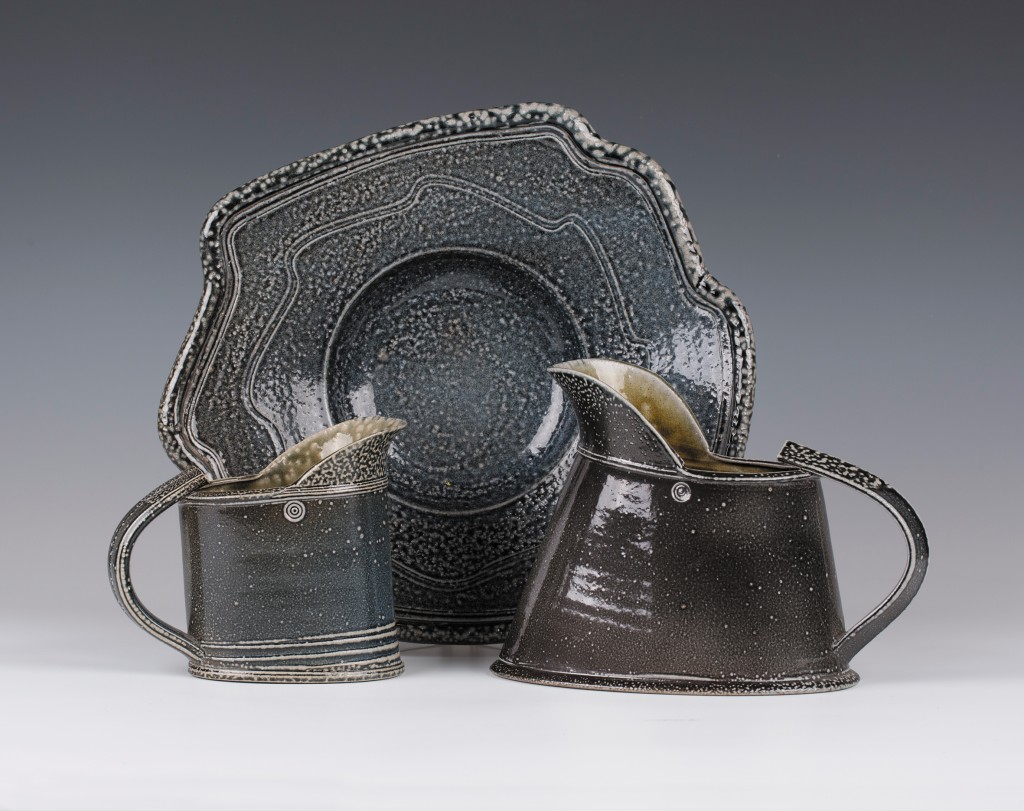
The influences of the east, especially Japan, also became apparent amongst studio potters from the later 1860s. This influence continued into the 20th century in the work of British potters like Wally Keeler (b.1942). Toovey’s Arts and Crafts specialist, William Rowsell, explains that a collection of Keeler’s work, and pieces by other leading studio potters, have also been consigned to Toovey’s for sale. Keeler led the revival in salt-glazed wares. The combination of his very fine throwing, craftsmanship with his exemplary sense of form is apparent throughout his work and is displayed in the jugs and dish illustrated. The forms are beautifully accentuated by the pitted, coloured salt-glazes he employs.
Toovey’s forthcoming specialist sale of Arts and Crafts Furniture and Works of Art and British Studio Pottery will be held on Tuesday 29th March 2016. William Rowsell, is excited by the Studio Pottery and the potential result of the important Aesthetic Sunflower Andirons designed by Thomas Jeckyll which are expected to realise between £10,000 and £20,000. Entries for this exceptional sale are still being accepted. William Rowsell will be delighted to offer free advice on your Arts and Crafts furniture, objects and Studio Pottery whether you are considering selling or buying. Telephone Toovey’s on 01903 891955, or email auctions@tooveys.com, to arrange an appointment.
By Revd. Rupert Toovey. Originally published on 3rd February 2016 in the West Sussex Gazette.
